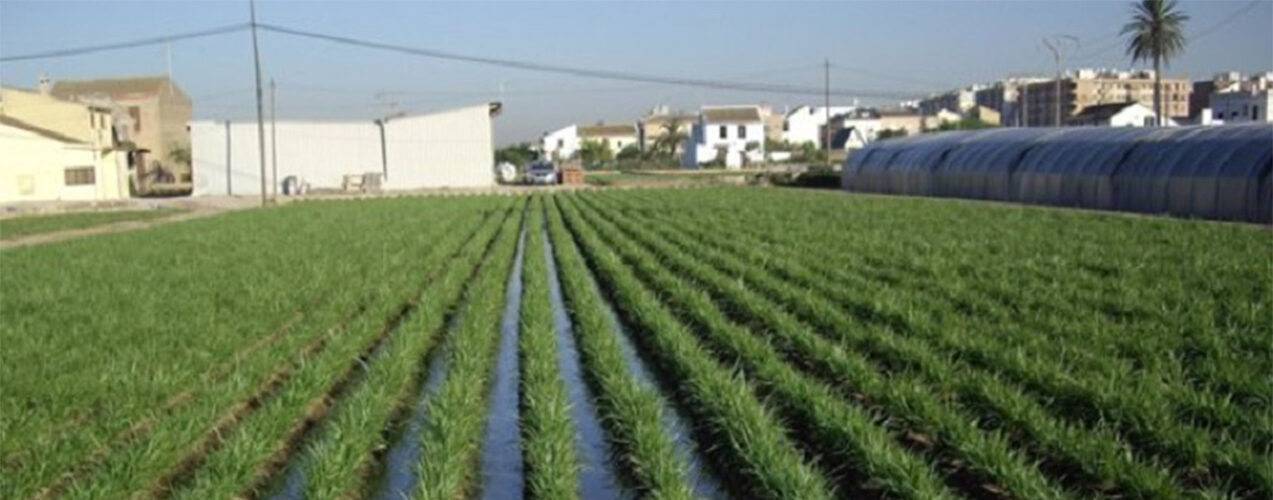Researchers from Campus Gandia of the Universitat Politècnica de València are proposing a new distribution strategy for soil monitoring networks enabling more efficient irrigation scheduling. The system helps determine irrigation needs based on FAO recommendations and data from sensors.
Interview with Jaime Lloret on RNE.
Precision agriculture is a term that defines the management of agricultural production based on observation, data collection and the subsequent action, in order to improve the efficiency of the crop, agronomically, as well as environmentally or economically. This agriculture requires advanced technologies to monitor crops and optimize the use of resources to achieve more efficient irrigation and, ultimately, better crop performance, among other aims.
Of the technology required by precision agriculture, the Internet of Things (IoT) systems offer tremendous potential. Although in certain settings such as rural areas, implementation can prove more complicated due to vegetation, among other factors. Specifically, soil monitoring applications can be subject to interference caused by foliage density or plant height and/or width.
To address this, a team from Campus Gandia of the Universitat Politècnica de València has proposed a new distribution strategy for soil monitoring networks that enable more efficient irrigation scheduling in these areas as well. Their study proposes a monitoring system that includes the architecture, the design of the nodes and an algorithm to determine irrigation needs based on FAO recommendations and sensor data.
To arrive at this system, they evaluated different wireless sensor network (WSN) deployment configurations, identifying the effects of the rural environment on the signal and the fundamental requirements for the design of these networks. They analyzed their performance with different types of vegetation (orange orchards, bushes and grasslands) and in different locations of the Wi-Fi nodes (on the ground, near the ground and above the ground).
“In the study we saw that vegetation creates high variability in areas with high foliage density. Sensors installed on the ground had more signal problems, even with vegetation where most of the foliage is found at higher altitudes. Deployments close to the ground are the best for orange trees,” according to Jaime Lloret, expert in sensor networks and head of the team.
Interview with Jaime Lloret on RNE: Description of the device
However, ground and near-ground deployment strategies in orange groves showed high variability in signal quality, even without any obstacles between the transmitter and receiver
“Notwithstanding, to design an efficient WSN deployment, we need to take into account the aspects of the rural environment and deployment that affect the signal, such as node height, crop type, foliage density or irrigation method,” concludes Jaime Lloret.
Interview with Jaime Lloret on RNE: Advantages of the device.
This research was carried out with the support of ERANETMED (project ERANETMED3-227 SMARTWATIR).
More information:
Source: Office of Communications
